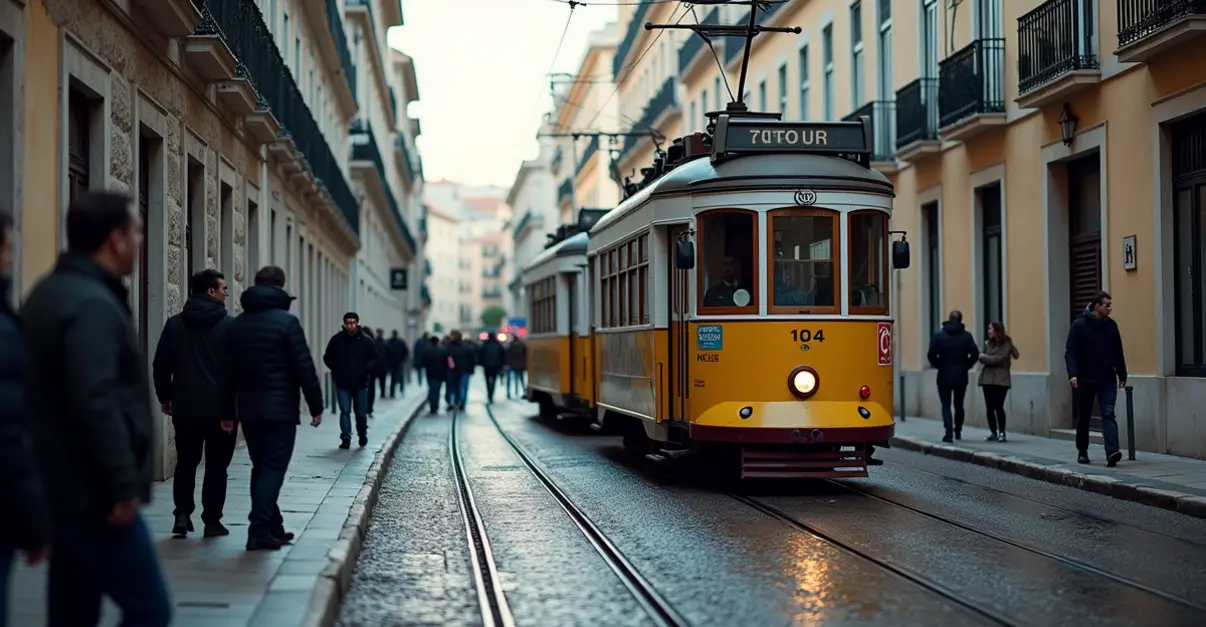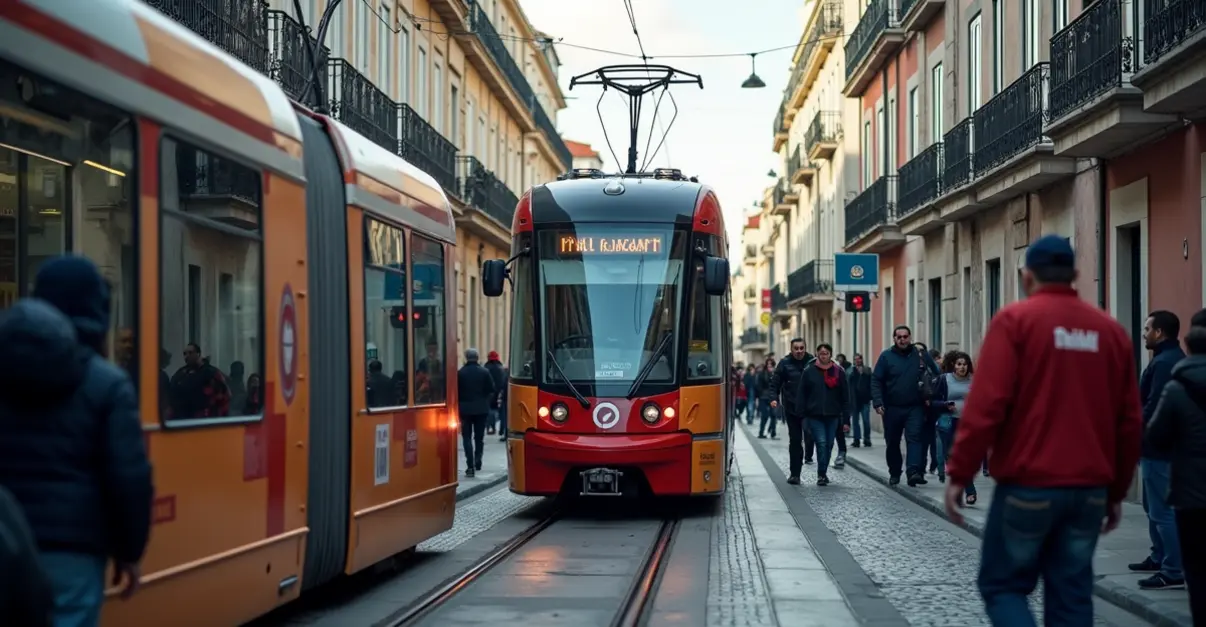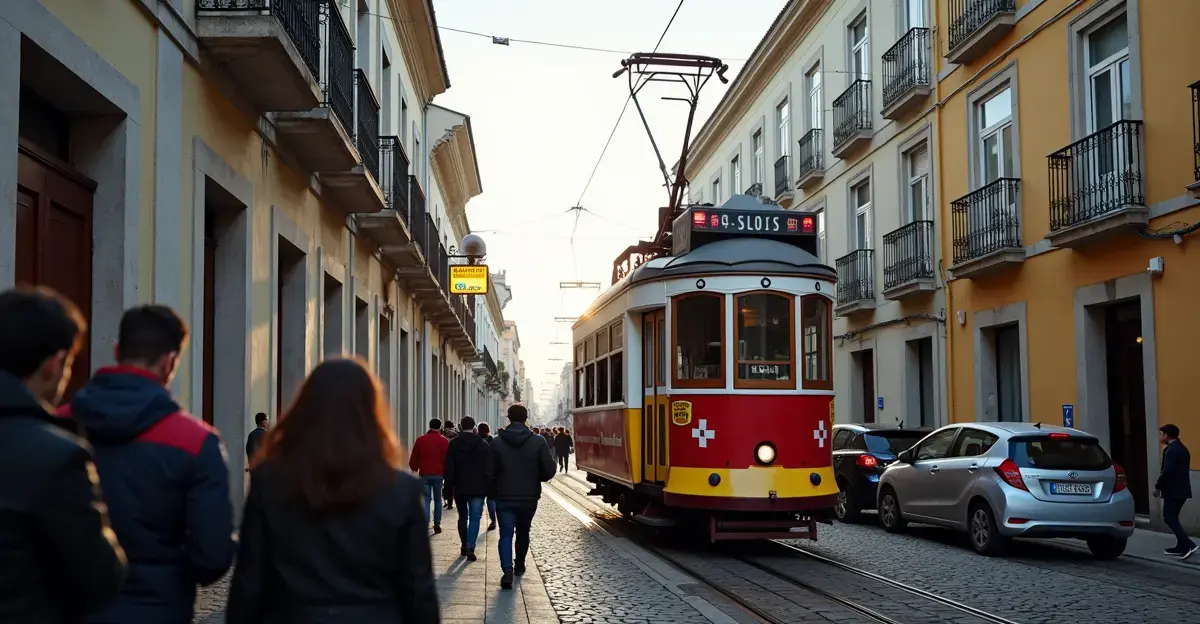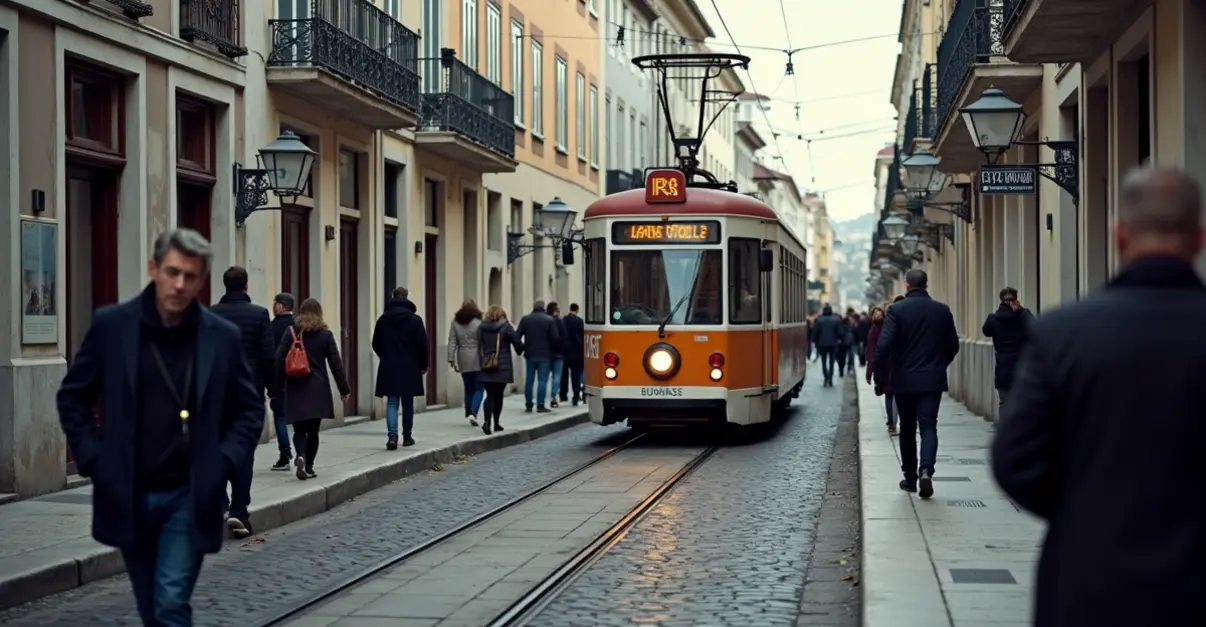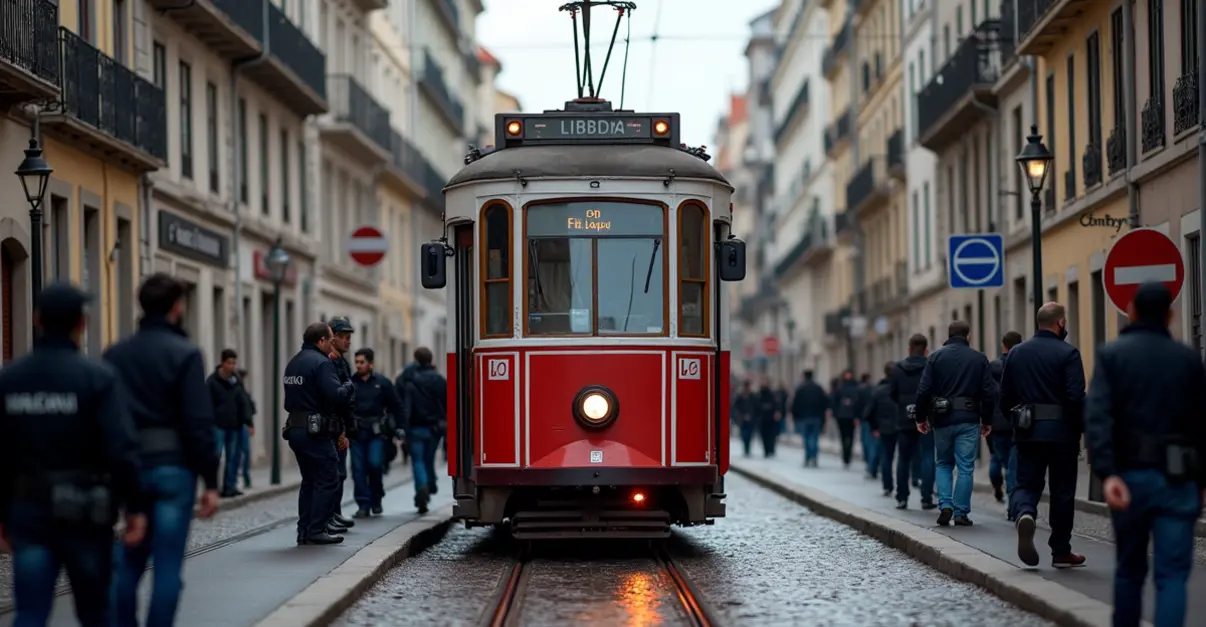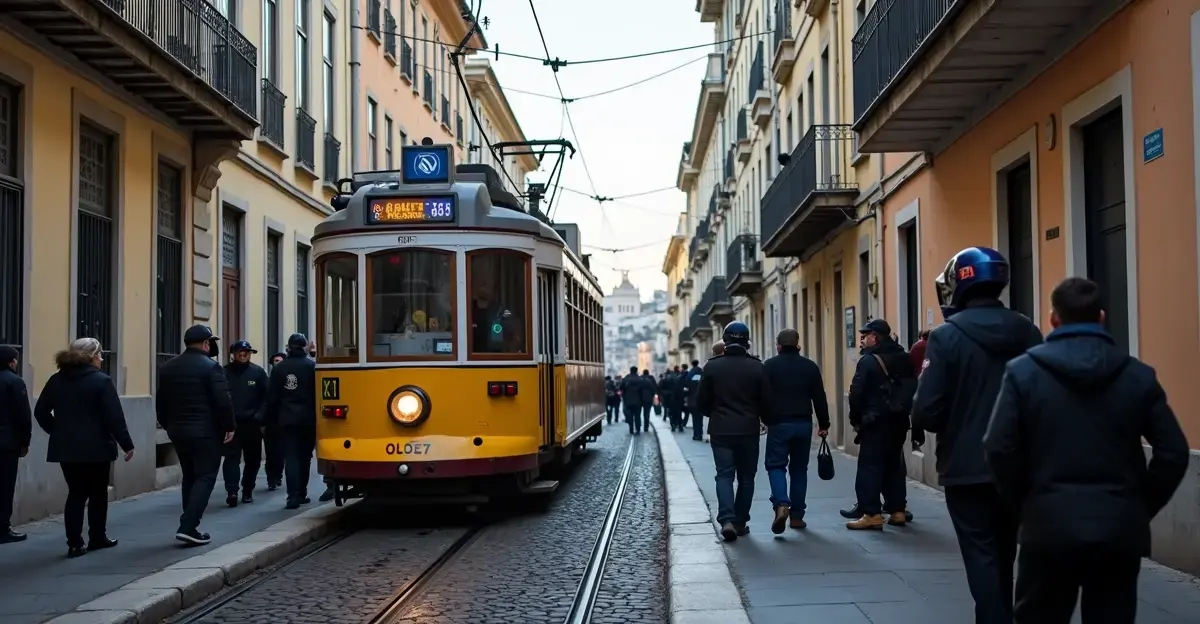Lisbon tram crash investigation reveals uncertified cable, maintenance failures caused 16 deaths. Cable not suitable for passenger transport, maintenance records falsified.
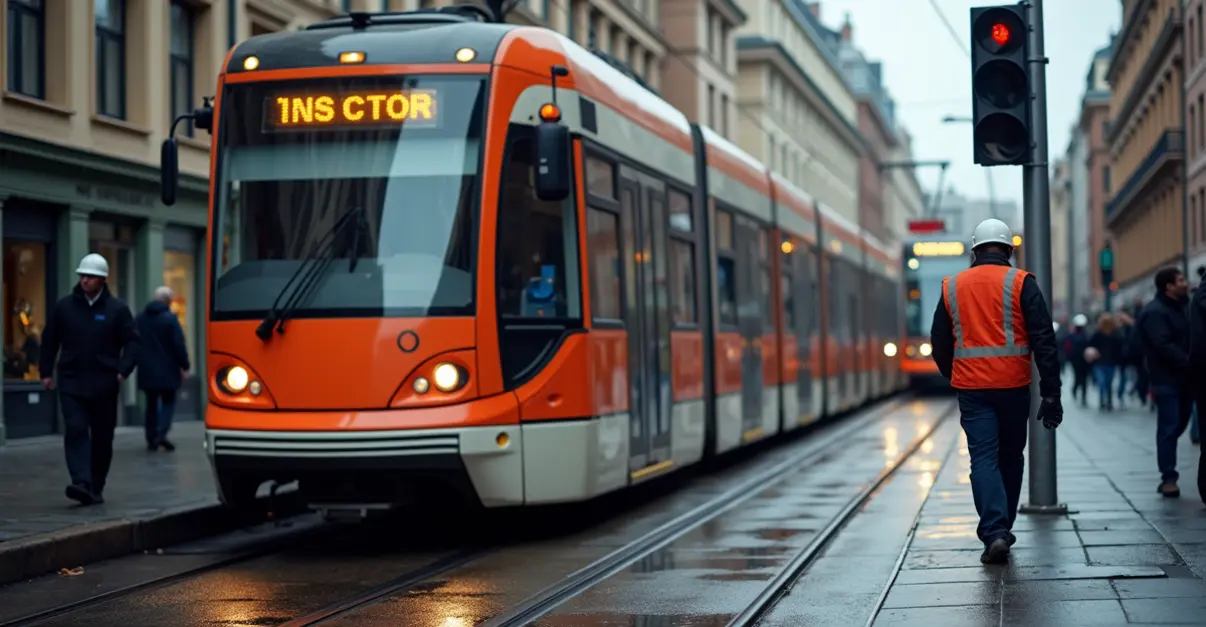
Investigation Reveals Multiple Safety Failures in Lisbon Tram Tragedy
A preliminary investigation into September's deadly Lisbon funicular crash has revealed shocking safety failures, including that the steel cable that broke was not certified to carry passengers and failed to meet the operator's specifications. The crash on September 3, 2025, killed 16 people and injured 21 others when the cable connecting the historic Glória funicular's two cars snapped shortly after departure.
Uncertified Equipment and Maintenance Failures
The investigation by Portugal's Office for the Prevention and Investigation of Accidents in Civil Aviation and Rail (GPIAAF) found serious failures in the cable, maintenance and brakes. The cable had been in use for approximately 11 months and was the same type used in other cable trams throughout the Portuguese capital. 'The connecting cable was not suitable for passenger transportation and incorrect mounting components were used,' the preliminary investigation report stated.
Maintenance Records Under Scrutiny
The investigation uncovered troubling maintenance practices. 'Maintenance tasks that were recorded were not always performed,' according to the preliminary findings. The inspection of the Glória tram on the day of the accident was also potentially incorrectly recorded, with evidence suggesting 'the inspection was not carried out within the specified time.'
Transport operator Carris had asserted that all maintenance protocols were followed, including general maintenance every four years (last done in 2022), interim repairs every two years (last in 2024), and regular monthly, weekly, and daily inspections. However, the investigation revealed there was not always supervision of maintenance work.
Emergency Systems Failed
The brakes of the Glória tram worked properly but were not strong enough to stop the derailed wagon, which reached speeds of approximately 60 kilometers per hour before crashing into a building. The section where the cable came loose could not be inspected without stopping the tram for an extended period and dismantling parts.
Historical Context and Safety Recommendations
The iconic Glória funicular, which opened in 1885, has been a popular tourist attraction in Lisbon for 140 years. This was the second derailment on this line, following a 2018 incident caused by wheel maintenance issues. The GPIAAF has recommended that other historical lifts and cable trams in Lisbon should not operate until cables and braking systems have been checked.
A transport union has strongly criticized the outsourcing of Carris maintenance services, arguing that maintenance should be performed by company employees rather than through profit-driven outsourcing. The final report on the crash is expected to be published within a year of the accident.

 Nederlands
Nederlands
 English
English
 Deutsch
Deutsch
 Français
Français
 Español
Español
 Português
Português




